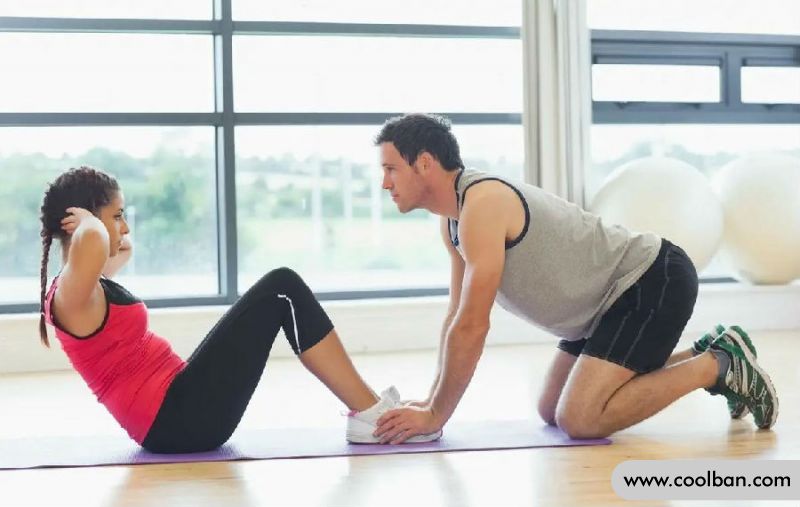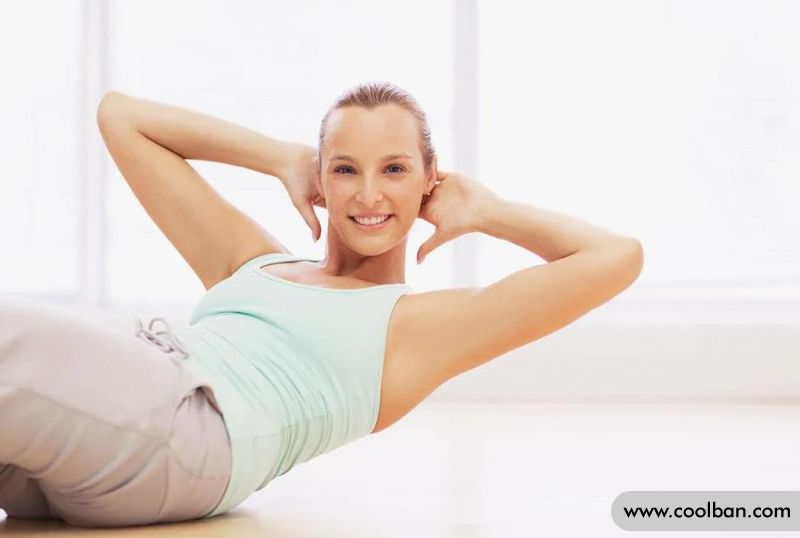Can sit-ups exercise reduce belly?
Many white-collar workers have a small belly because they often sit in the office. Trying to get rid of it by doing crunches, but wondering about its effect. Can crunches reduce belly fat? How to lose belly fat?

Can sit-ups reduce belly fat?
Regarding whether sit-ups can reduce belly fat, there are mainly two opinions:
Approval
Some people believe that crunches are the most effective way to help a woman get rid of a small belly. It is a non-weight bearing aerobic exercise. Not only can it reduce excess fat and fat, tighten the skin of the waist and abdomen, but also help the health of ovarian ovulation and uterine cavity. Sit-ups mainly work the core strength area. In addition to exercising the rectus muscles, you can also exercise the external oblique muscles and the erector spinae muscles of the lower back, which can effectively reduce waist circumference and reduce weight.
They even believe that crunches are more effective at burning fat and reducing belly fat than other cardio exercises. So they only choose to do sit-ups to reduce belly fat, do a prescribed number of movements every day before going to bed, and stick to it for a long time.
Opposition
However, when some people are keen to do sit-ups to reduce their stomachs, some people have raised their voices against it. They don't think crunches do anything to reduce belly fat. Belly fat accumulates in that area because too many calories are ingested. Therefore, the only way to get rid of these extra pounds is to burn calories by eating a balanced diet and doing aerobic exercise such as running, cycling, or swimming.
Expert opinion: Correct posture is effective
Experts believe that sit-ups can reduce the belly, but the effect is relatively slow, and it is necessary to do it slowly to lose weight. The fat energy in the body needs at least 20 minutes of exercise to be utilized and burned. But now many people who have small belly, often can't find time to do outdoor sports, they choose to do sit-ups at home to reduce their belly. And force yourself how many movements must be done in a minute, thinking that this will strengthen the abdominal strength.
In fact, too fast frequency does not improve the effect of exercise. Only by properly slowing down the rhythm of doing sit-ups can it avoid the impact on the body and enhance the effect of reducing the stomach. At the same time, experts remind that many practitioners' sit-up posture is incorrect. If the posture is not correct, the effect of the training will often be different.

The benefits of sit-ups
The main function of sit-ups is to strengthen the abdominal muscles. When done correctly, crunches can increase flexibility in the abdominal muscles while also protecting the back and improving posture. Conversely, when done wrong, crunches are not only a waste of time, they can even be harmful.
The best time for sit-ups
The best time is 1-2 hours before going to bed (after the muscles are exercised, they will grow sharply during sleep), do as many as you can, and do as much as you can for the first time, and lose ten the next day. (Don't get tired), for ten days.

Precautions for sit-ups
Note 1: Gradually increase the number of sit-ups repetitions
For participants who are just starting to train their abs with crunches, the number of crunches should be no more than 10 repetitions (training your abs first), standing up or lying down to rest after each crunches , let your abdominal muscles relax for at least 10 minutes.
Note 2: Do sit-ups slowly
The main goal of training is the endurance of the abdominal muscles. Therefore, only by doing sit-ups slowly can the endurance of the abdominal muscles be more exercised.
Note 3: The action of sit-ups
The upper abdominal muscles are mainly rectus abdominis, external oblique and internal oblique. Therefore, if the crunches are performed with the upper body in the sagittal plane (shoulder-parallel crunches), the training effect of the external and internal obliques will be significantly limited. Only by increasing the rotation of the longitudinal axis of the body (right shoulder girdle to the left leg, left shoulder girdle to the right leg) can the uncoordinated state of abdominal muscle training be avoided.
